You’ve probably heard a lot about yeast infections in television commercials and magazines. Most women contract at least one yeast infection in their lifetime. Some women get many yeast infections. Women can get yeast infections at any age.
What is the cause of yeast infections?
Yeast infections are caused by overgrowth of a type of fungus called Candida which is also known as yeast. In the vagina, mouth and digestive tract, usually small amounts of yeast and other organisms. Yeast infections happens when the balance of organisms in the vagina is disrupted and the yeast grows excessively, causing an infection. Also yeast infections are more likely to cause problems just before or after menstrual period.
The balance of organisms in the vagina can be altered by:
- Certain antibiotics (to treat throat and ear infections, acne and even vaginal infections) because they can kill the usual bacteria in the vagina and allow yeast to grow.
- Excess weight.
- Contraceptives.
- Diabetes.
- A weak immune system.
- HIV infection.
- The pregnancy.
- Steroids.
- Underwear set made of material such as lycra or nylon that traps moisture and heat, especially in the summer (you must wear cotton underwear, because it absorbs more moisture.).
What are the symptoms / signs of a yeast infection?
The outward signs or symptoms of a yeast infection may include a thicker than normal, white and curd-like (almost like cottage cheese or “cottage cheese”) vaginal discharge. Discharge does not smell. Other signs or symptoms are itching, redness, burning and irritation of the vaginal area. Intense infections can cause swelling of the lips of the vagina. Sometimes women have painful urination and / or urinate frequently due to inflammation of the urinary opening.
[ads]
Sexual cohabitation may also be painful for women due to inflammation of the vagina.
How are yeast infections treated?
Your doctor uses a stick cottony to take a sample of your vaginal discharge. Put the sample on a microscope slide with a drop of a special chemical. And then examines the vaginal discharge under a microscope to see if there is an overgrowth of yeast.
Yeast infections are treated with a pill or tablet that is swallowed or a vaginal cream or vaginal suppository (a partially solid material is inserted into the vagina, where it dissolves and releases the medicine). Your doctor will explain your options and tell you if any of them is better than the other in your case. The pill is especially good if you do not want to get a cream inside the vagina. Some vaginal creams fungicides (against fungi) are sold without prescription in pharmacies, while for others a prescription is necessary. If you use a cream, do not use tampons during treatment because they absorb the medication and make it less helpful and less effective.
Some medicines fungicides can weaken latex condoms and diaphragms, increasing the likelihood of breakage. Ask your doctor what types of drugs fungicides do this. If you are using fungal medications that weaken latex condoms or diaphragms, use a condom polyurethane or do not have sex.
Remember, do not use fungicides tuproveedor medications without seeing a doctor, unless a medical provider has previously diagnosed you yeast infections more than once and you are very sure of the signs and symptoms. Fungal medications do not work against other types of vaginal infections such as bacterial vaginosis, which require prescription drugs.
What serious health problems can caused by yeast infections?
To our knowledge, yeast infections do not cause any serious health problem. But the infection itself can be very unpleasant, so that it suits the diagnosed and treated as soon as possible.
How to prevent yeast infections?
You can lower the risk of yeast infection by:
- Avoid douching.
- Wear cotton underwear and loose pants.
- Remove wet suits bathrooms, or exercise clothes as soon as possible.
- Avoid hot tubs.
- Avoid antibiotics unless you need them.
It is possible that eating a daily cup of yogurt (containing acidophilus bacteria) help prevent fungal infections. However, you must understand that only eating yogurt can not prevent or cure vaginal yeast infections.
If you have to take antibiotics and you are suffering many yeast infections, talk with your doctor about the possibility of using anti-yeast creams or pills to prevent infection.
What if I suffer yeast infections all the time?
Many women suffer yeast infections per month, around the time of the menstrual period. This is due to changes in the pH of the vagina. Your doctor may recommend that you try every month before you give the infection to prevent symptoms develop. This means you have to use an anti-yeast medication which is sold at a pharmacy without a prescription. Or maybe suggest you take or use oral pills or vaginal creams longer. But do not start treating yourself until your doctor tells you to.
Having yeast infections every month can mean you have a more serious problem, such as diabetes. So it is very important to talk to your doctor.
You can read also this post: 5 tips to remove vaginal smell.
Habits to combat vaginal yeast infections.
1. Try to stay dry.
Remember dry off well every time you go to the bathroom. The fungi grow and reproduce in warm and humid conditions, so we must dry the vaginal area well after going to the bathroom or out of the shower.
2. Use breathable underwear.
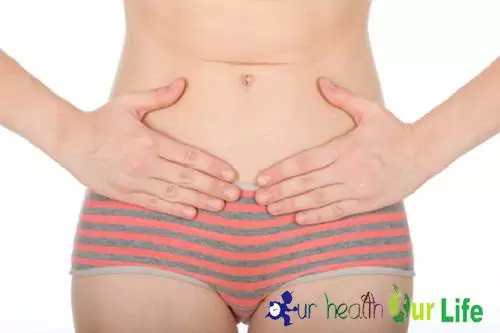
If possible, you should choose a type of breathable underwear to help you avoid any moisture and heat. If you want to choose nylon underwear, make sure these garments incorporate some cotton. Also, it avoids staying long with wet bathing suit after swimming out.
3. Keep proper intimate hygiene.
Whether or not you have a yeast infection, you should wash carefully using a soft, personal soap. You must wash very well every day and avoid sharing towels, soaps or any other element that has to do with your personal hygiene. So same, we recommend washing your underwear and towels using hot water or vinegar diluted in water, to completely eliminate fungi.
4. Avoid strong soaps.
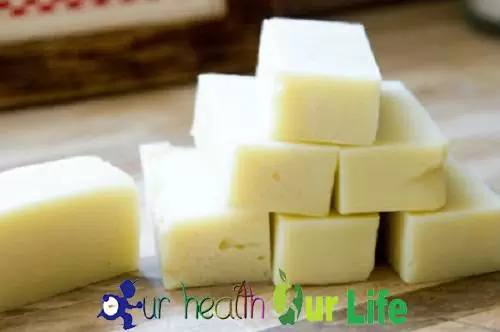
Strong soaps and intimate hygiene products containing alcohol can cause vaginal irritation and alter the natural pH of the vagina. If you have symptoms of vaginal yeast infection, it is recommended douching with a little vinegar diluted in water. Vinegar helps restore the natural pH of the vagina, which usually is 4.5.
Home treatments for vaginal yeast infections.
1. Plain yogurt.
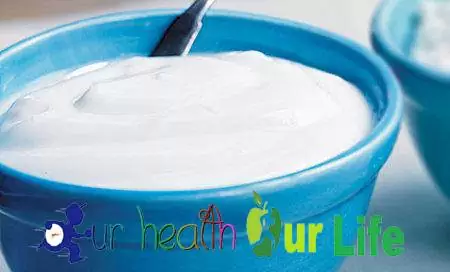
Plain yogurt is one of the best remedies to combat vaginal infection caused by fungi. This product helps restore the acid balance, thanks to the bacteria it contains. In case of having vaginal yeast you can consume more natural yogurt, but it can also be applied externally to the affected area, either directly or diluted in warm water for washing.
2. Boric acid.
Boric acid is an economical treatment that can help combat vaginal yeast. Several studies have determined that this product is very effective in fighting vaginal yeast infections. If your doctor gives you permission, you can use capsules of boric acid as a suppository next time you start to have symptoms of yeast infection .Prepare your vaginal suppositories by filling gelatin capsules with boric acid small. Apply this remedy every day, once a day, for a week.
3. Treatment with plants.
- If you want to relieve itching and vaginal burning prepares an infusion of rosemaryand use it as cloth vaginal or external vaginal area.
- Another option is to prepare an infusion of thyme, a tablespoon thyme per cup of boiling water.In this case you should drink 4 cups 1 infusion per day.
- Mallow is adequate to combat candida albicans because it helps fight all symptoms treatment.This plant is great for reducing inflammation of the affected area, in addition to providing a relaxing and analgesic effect. For this treatment you simply boil some mallow leaves in 1 liter of clean water. Allow to cool, strain and finally a bath seat is made vaginal area.

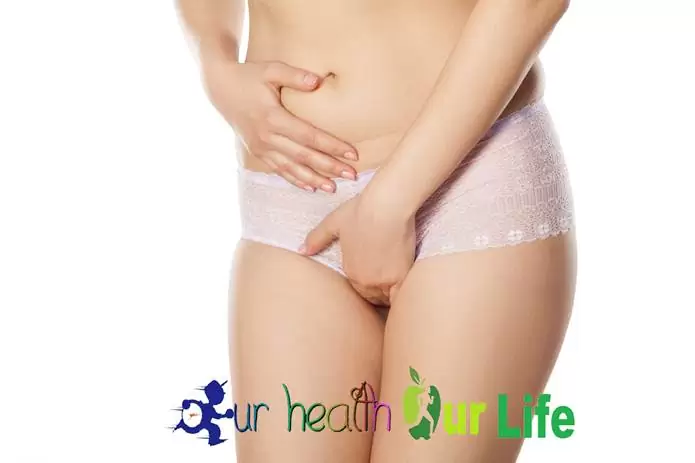


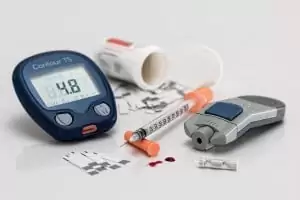




Great information you have shared. I also found similar weblog like yours which was amazing. Have a look at it if possible.